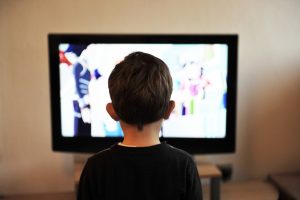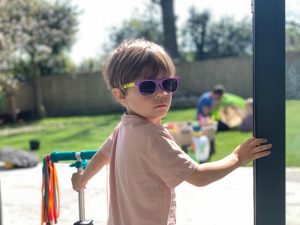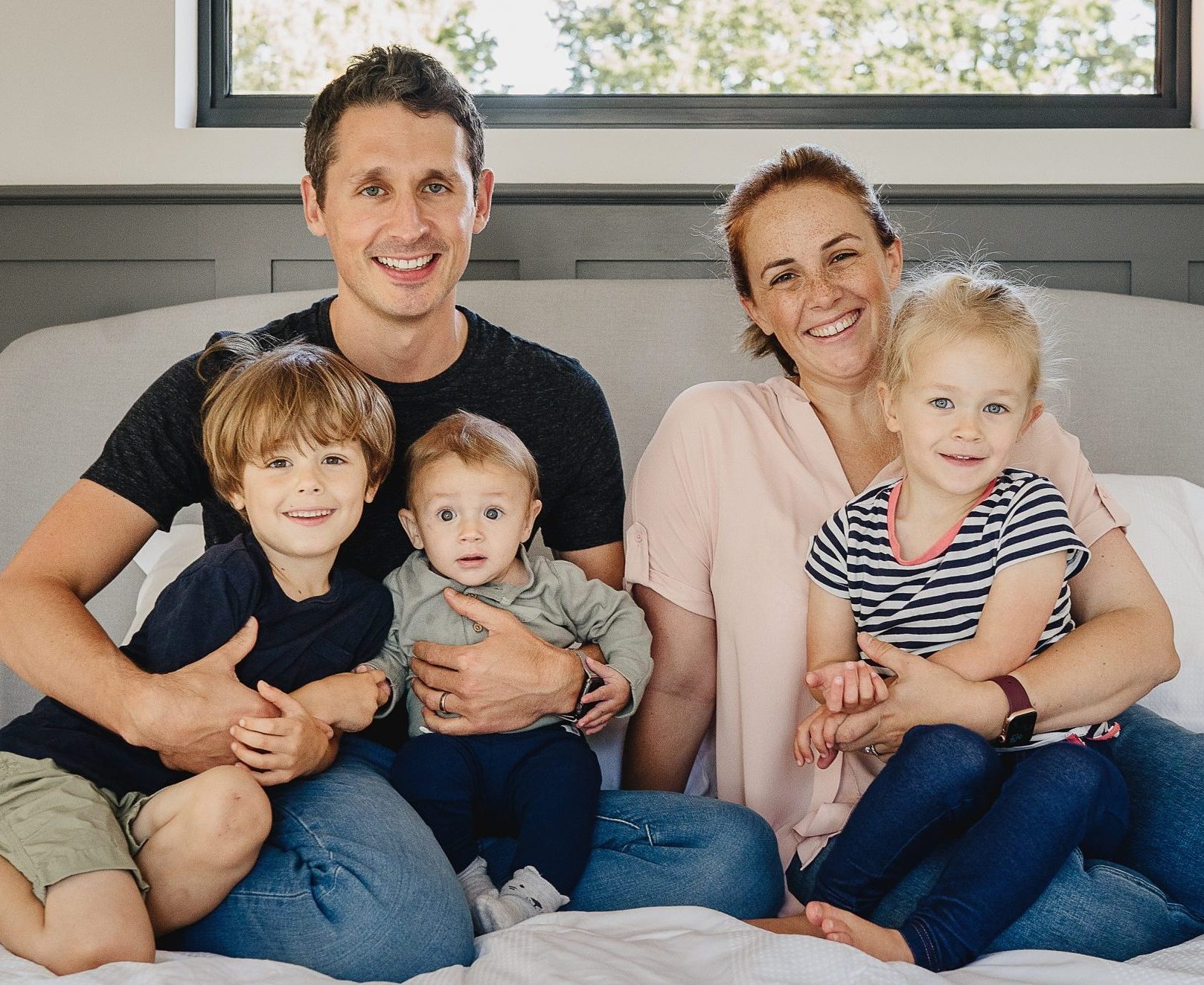If you’re reading this then I’d imagine you’re like I was a few years ago; desperately trying to work out what an active nasal fricative is, if my child had one and wanting to know if an active nasal fricative can be treated. Let me start with the most important thing you want to know; yes, it can be treated and you might be surprised by just how quickly that can happen.
In this article, I’m going to share our experience of our child being diagnosed with an active nasal fricative, the issues we went through to get that diagnosis and how we were able to get treatment that resulted in our four year old going from being a child that makes a snorting noise when making an s sound to being able to speak clearly within 12 weeks. Pretty cool, right?
Before we begin, I’d like to point out that I am not a medical professional. I do not have any training in anatomy or speech and language, and I absolutely can’t help with how to treat it personally. This post is from a parent’s point of view and to provide (hopefully) some reassurance to other parents going through the same issue. When we went through this, I spent hours online trying to find information and it was all very brief and very medicalised, so fingers crossed that this helps someone! It goes without saying that you should (and will!) need to seek medical advice in order to rule out other issues and potential diagnoses.
Right, let’s do this…
What Is An Active Nasal Fricative?
An active nasal fricative put simply is a sound that has been incorrectly learned. Rather than directing the air through the mouth, the individual has learnt to direct the air through their nose, resulting in a strange sounding noise when the active nasal fricative occurs. Active Nasal Fricatives can occur in individuals with a malformation of their palate or in those with a fully formed palate. That’s why it’s worth getting your child’s palate etc checked by a medical professional to rule out if there are other issues at play.
What Does An Active Nasal Fricative Sound Like?
In our experience, the active nasal fricative sounded like a small snorting noise whenever our child made an ‘s’ sound. All other consonants and vowels could be performed clearly, including digraphs such as ‘sh’ and ‘sp’. For example, in the word ‘shoes’, the ‘sh’ and ‘oo’ sounds were both clear but the snorting noise could be heard on the ‘s’ at the end.
Is An Active Nasal Fricative Hard To Diagnose?
With a trained professional, no. Within five minutes of speaking to a speech and language therapist, she was able to tell me she felt that this was what our child had. However, prior to this we were sent down many different roads, particularly with school. Because the noise comes from the nose, hypernasality was suspected, however, because all other consonants and vowels were clear, this was ruled out.
One of the first things she asked us to was to get them to lightly pinch their nostrils together when speaking and see what happened. All other sounds could easily be made but the ‘s’ noise couldn’t be produced at all, it was pretty amazing to see!
How Do You Get Help For An Active Nasal Fricative?
You need to see a speech and language therapist who will effectively help your child to re-learn how to make the sound correctly. When we went through this process, our child was four years old, although I’m told that the therapist we used had patients from one year upward (not all for this issue)!
Therapy is very much based around things that will help your child to interact freely – it’s not you sitting there repeating sounds over and over! For us, that looked like lots of puzzles and games whereby they would say words to get puzzle pieces, or take it in turns giving instructions on how to build models etc. I sat in on the whole process to support but rarely interacted as it was all led between the speech therapist and our child.
Getting professional help will make all the difference. We went through months of school based speech and language support where the teaching staff were beginning to get frustrated at the lack of progress as they didn’t understand the issue. When we spoke to a professional, the diagnosis was fairly instant and although the treatment methods were similar, they were deployed differently and became successful really quickly. My biggest regret is not seeking that support earlier!
Can An Active Nasal Fricative Be Fixed? How Long Does It Take?
Yes! In our experience, treatment lasted for 12 weeks and by the end of that his speech was completely normal. Progress was very laboured at first and suddenly it clicked. In talking with our therapist, this is quite fast and part of that she attributed to age and the fact that they were currently learning phonics anyway with lots of new sounds, so learning new sounds wasn’t as much of a challenge. At one point we were concerned we would be looking at palate surgery (helpfully suggested by the school!), so to find that it was as easy as three months of sessions was an incredible relief!

Our Experience With An Active Nasal Fricative
It wouldn’t be fair to just answer questions and not share our experience, so here we go. In retrospect, our child had always made an odd ‘s’ sound from the moment they learnt to talk, however, we didn’t become fully aware of it until they joined reception at school, aged four. As part of the phonics assessments, some of the first sounds learnt to read are ‘s’. At this stage it became clear that they struggled to produce a clear ‘s’ sound.
School picked up on this by putting in place some additional support for our child, playing games centered around correctly placing the tongue and shaping the mouth to create the ‘s’ sound. This wasn’t unusual, many children in the class were having support for certain sounds so we weren’t too concerned.
After a few months of this, it was raised with us that there had been no progress in being able to form the sound. Additionally, our child was starting to become quite upset when asked to do it as they were aware that it wasn’t right and were getting frustrated. School asked to refer us for speech therapy, which we agreed to. As part of this we had to go to the GP and get a check of their palate, ears, throat and nose, and were then referred for a hearing test. The hearing test was passed with flying colours and the referral made.
Around this stage, I began researching it online and found the term ‘active nasal fricative’ – when I raised this with the SENCO at school they had never heard of it before! Because the treatment is very similar to how ‘normal’ school-based speech support would be given, they kept cracking on with that, despite it not producing any help at this point.
At this point, now having a child who was starting to dislike reading because they couldn’t physically make the right sound, we decided to look in to private treatment. We were told by the school that the waiting list for NHS treatment was in excess of six months and we felt this would be too detrimental to our child’s learning and self-confidence. I contacted a local speech therapist who was unable to help but suggested I speak to another individual who specialised in palate issues. Within one phone call, she was confident that she knew it was an active nasal fricative and that she could treat it.
Our treatment plan lasted 12 weeks. During this time, we asked to take our child out of the school based support so that this didn’t counteract anything. Each week we were given a learning book which would have ‘homework’ in for us; games to play daily, sounds and words to practice. Honestly, our child LOVED the sessions, they felt like one big fun time and a bit of focus for them. Practicing at home was harder but we set daily reminders to do it.
We went through our first block of sessions with limited success. We booked another block of sessions, and midway through that, around the 9th or 10th session, something clicked within the week. We found that almost overnight, they could clearly and consistently form the ‘s’ sound – hurrah! We continued with the last few sessions to really cement things and were signed off – easy as that!
As it happens, the person that we worked with, also worked for the national health service. She informed us that at the point, the waiting list for speech and language was a minimum of 9 months! Going privately was expensive, but it was also the best course of action for us and a very frustrated child. It was absolutely worth the trouble of finding the money and making the weekly trips to lessons in order to get things resolved rapidly – from our first phone call we were able to book in an assessment lesson within 2 weeks.









No Comments